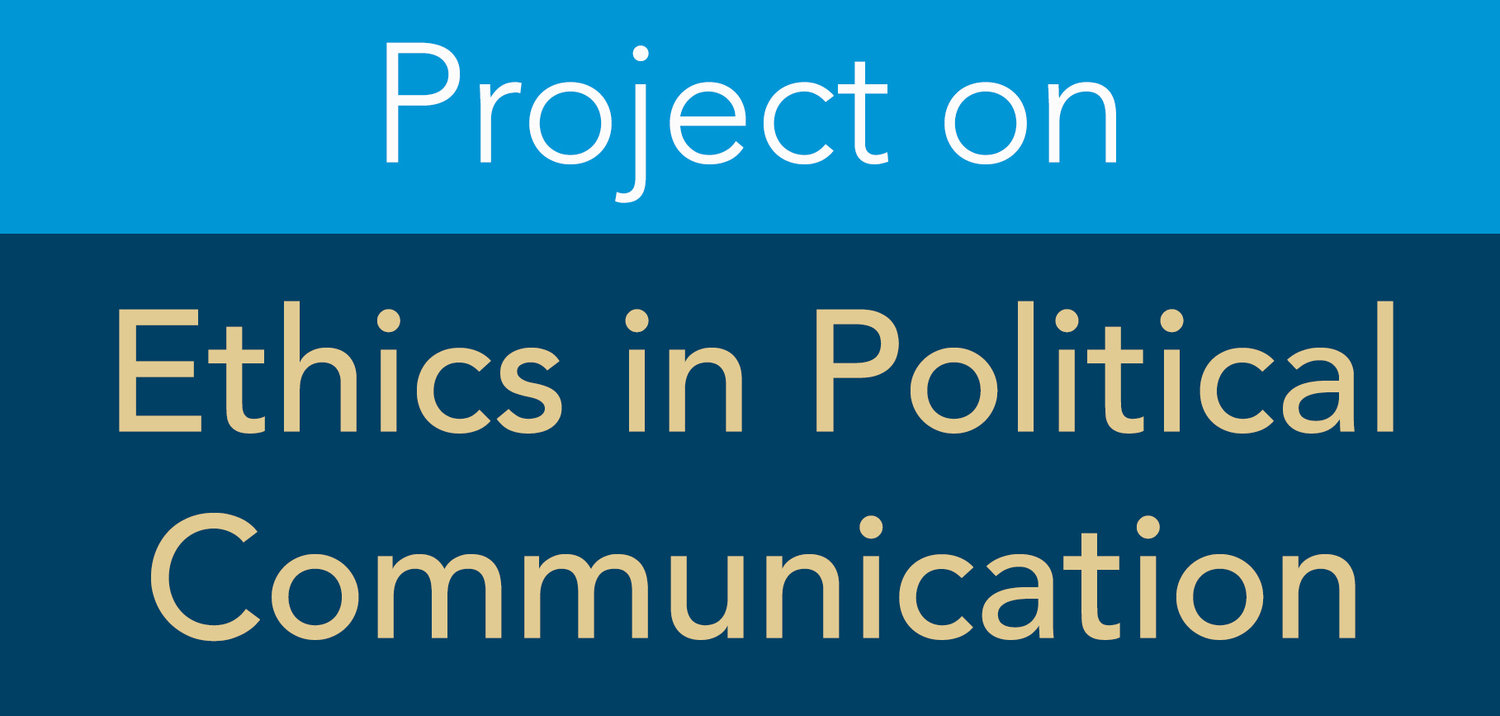President Trump’s re-election campaign recently released a television ad that included three doctored photographs. The images were edited to remove people, trees, and a microphone. One image added an empty background to make it appear as if Vice President Biden is in an empty room when he was not. As Washington Post fact checker Glenn Kessler noted, “Political ad-makers often seize the ugliest, nastiest photos they can find of the opponent. But this takes it to a whole new level.”
Images can be powerful political messengers. “A picture is worth a thousand words” as evidenced by the fact that more than 50 years later, political junkies all still know the “Daisy” spot. Today, visual strategic communication is a growing field of study. However, these images come with a whole set of their own ethical issues. And, as Kessler points out, using an opponent’s image against them is a political tradition. Think of President Bush’s attack on Senator Kerry in the “Windsurfing” ad or this anti-Trump ad (which may have its own ethical issues).
But the doctored pictures in the Trump campaign ads go from hard-hitting to crossing several ethical lines.
One of the images was both altered and used without permission. The Gazette newspaper in Delaware, which owns the picture, asked Facebook to take it down because it violated their copyright. The Trump campaign has been sued for copyright infringement in the past for the unauthorized use of both images and music. It is obviously unethical to violate a law out of convenience, not because one views the law itself as unjust.
The second line demonstrates the difference between “one can” and “one ought.” Just because a campaign (or anyone) can legally get away with something doesn’t mean they should do it. Doctoring photographs as much as the Trump campaign did here violates established political norms and threatens to further undermine faith in the political process.
This is one reason the press, the U.S. House, and political organizations have rules against deceptively editing images. Campaigns should hold themselves to similar standards.
The Associated Press has a code of ethics for photographs which reads in part, “The content of a photograph must not be altered in Photoshop or by any other means. No element should be digitally added to or subtracted from any photograph.”
Such codes extend to the US House of Representatives, which earlier this year reminded Members that: “Prior to disseminating any image, video, or audio file by electronic means, including social media, Members and staff are expected to take reasonable efforts to consider whether such representations are deep fakes or are intentionally distorted to mislead the public.” The House Committee on Ethics explained their rationale by reminding “Members or their staff posting deep fakes ‘could erode public trust, affect public discourse, or sway an election’.”
The American Association of Political Consultants includes deception in its code of conduct, writing that members of the AAPC will “refrain from false or misleading attacks on an opponent…” The AAPC Code of Ethics does not include a specific mention of images, but the doctored pictures in the Trump campaign ads are clearly misleading and thus violate the Code. Similarly, the Campaign Doc column in Campaigns and Elections wrote that “Making substantive changes or altering the context of a photograph is not only misleading, it’s downright stupid.”
Political campaigns in America have often resembled brawls more than academic debates. The stakes are high and politics can be sharp-elbowed. But there is a difference between being biting and making a candidate take ownership for their own actions on one hand, and creating fictions on the other. If campaigns become a series of visual lies, the public will lose even more confidence in our political process – and with good reason. No election is worth damaging an already battered political process.

